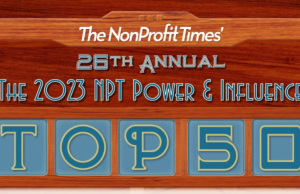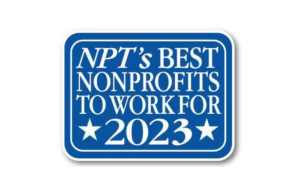More than one-quarter (26%) of all nonprofits reported cash donations at least 10% greater during 2020 than in 2019, according to Remarkable Resilience: The 2021 Financial Outlook for Churches and Ministries, a report from the Evangelical Council for Financial Accountability (ECFA) in Winchester, Va.
Most of that was driven by contributions to non-ecumenical organizations, such as those that address medical research, food insecurity and racial equity. Among non-ecumenical nonprofits, 37% reported at least a 10% gain, compared with 13% of all churches.
Church coffers didn’t suffer too much, however. When representatives were asked if 2020 totals were higher, the same or at least close to 2019’s levels, 83% said they were, compared with 87% of respondents from other nonprofits.
Results were based on 1,292 responses from 562 churches and 730 nonprofits to a survey fielded between Jan. 27 and Feb 24.
Churches and ministries lagged in regard to other income during 2020, with only 13% of respondents saying funds from facility rentals, registrations, program fees and the like had increased, compared with 22% of other nonprofits. And church leaders were more likely to report decreases from these income sources, with 39% doing so, when compared with other nonprofits (29%.)
Ecumenical leaders were similarly less bullish than other nonprofits when asked about gifts and donations during the first quarter of 2021. Only 61% were optimistic about their fortunes for the quarter, compared with 67% of respondents from other nonprofits. Conversely, 17% of church officials were pessimistic about donations for first-quarter 2021, compared with only 10% of other nonprofits.
For churches, that represents the continuation of a longer-term confidence decline. When asked the same question in May 2020, 69% were optimistic, a figure that slipped to 68% in August and 64% in November. Other nonprofits, however, saw a steady rise during the same period. During the darkest days of the coronavirus pandemic, only 46% of non-ecumenical nonprofit leaders were optimistic. By August that figure had climbed to 63%, and it reached 67% – where it remained – in November.
Churches and ministries were stronger when it came to maintaining their cash reserves, with 79% of their representatives saying they did not touch reserves, compared with 71% of other nonprofits, which might have upped expenditures in response to greater need. But all types of nonprofits are less sanguine about not having to reach into their reserves during the first five months of 2021: only 65% of leaders from churches and ministries said they would not have to use reserves, compared with 68% of other nonprofits.
But churches and ministries were more likely to have made staff cuts during 2020, with 20% having done so, compared with 16% of other nonprofits. And 10% of ecumenical respondents anticipate reducing headcount during the first five months of 2021, compared with only 4% of other nonprofits.
Looking back at revenue levels over the past three years, the big were most likely to get bigger, both in churches and ministries as well as other nonprofits. Only 41% of churches with revenue less than $500,000 said they had seen revenue growth. As revenue levels increased, the likelihood a church had seen growth did as well, reaching 64% for those with annual revenue between $5 million and $10 million and 66% for those with revenue in excess of $10 million.
Representatives from other nonprofits reported a similar pattern, with just more than half (51%) of those with annual revenue under $500,000 responding their revenue had grown during the past three years, compared with 71% of nonprofits with revenue between $5 million and $10 million and 74% of nonprofits with revenue more than $10 million.
One revenue source respondents are forsaking is Paycheck Protection Program (PPP) loans. Asked whether they would apply for one during 2021, representatives from only 23% said they would, with 69% indicating they already knew wouldn’t qualify or would not apply for other reasons. Eight percent were uncertain.








